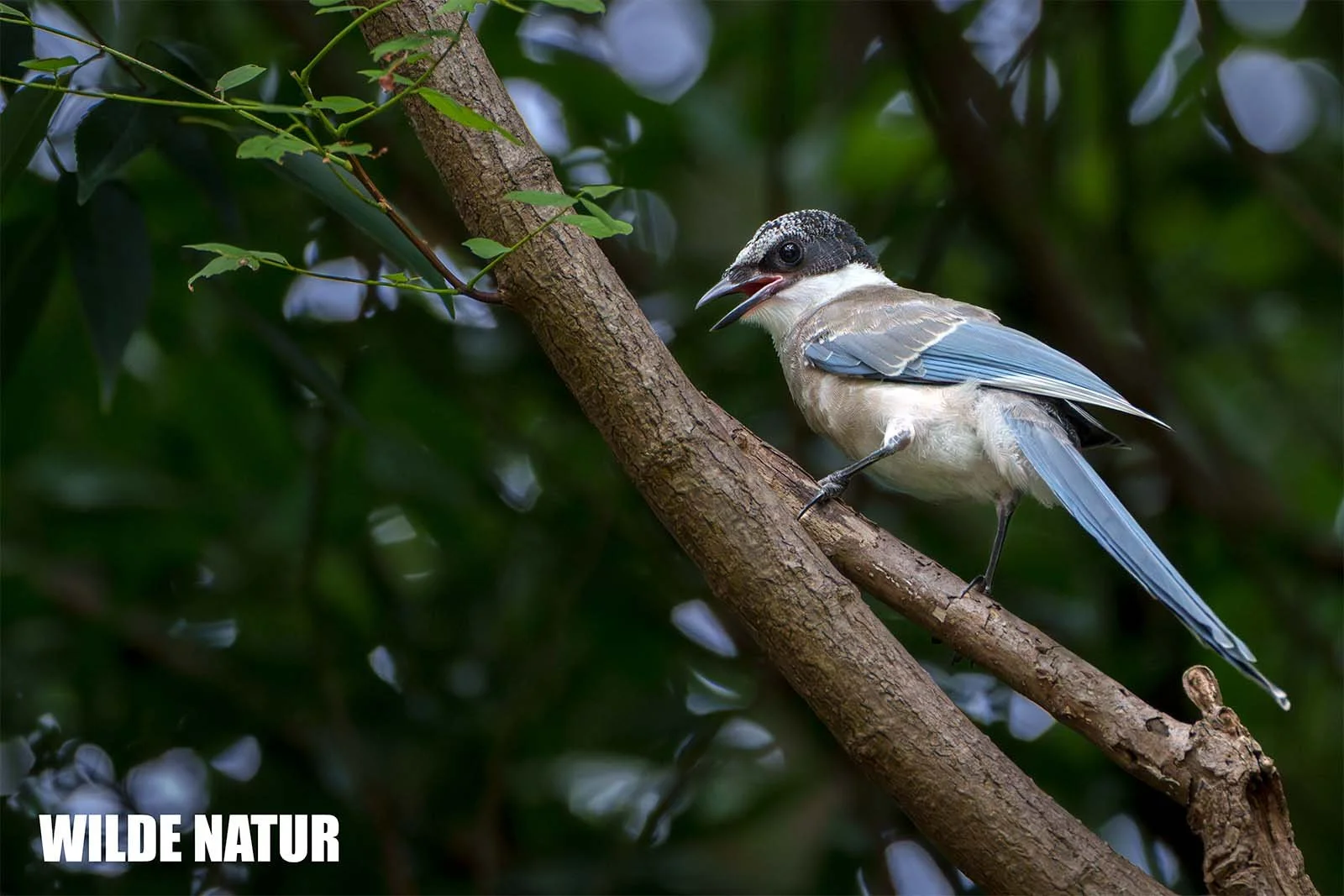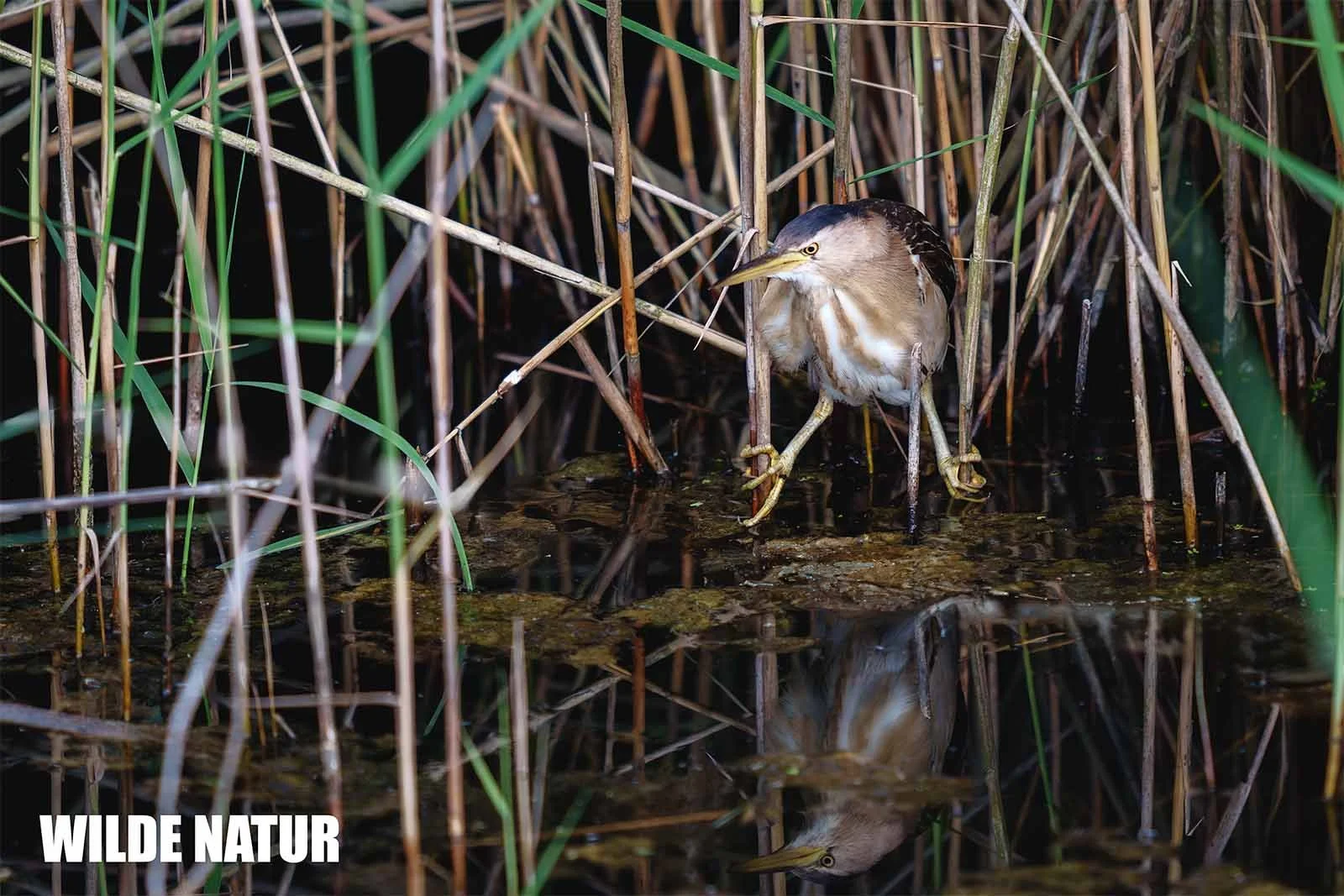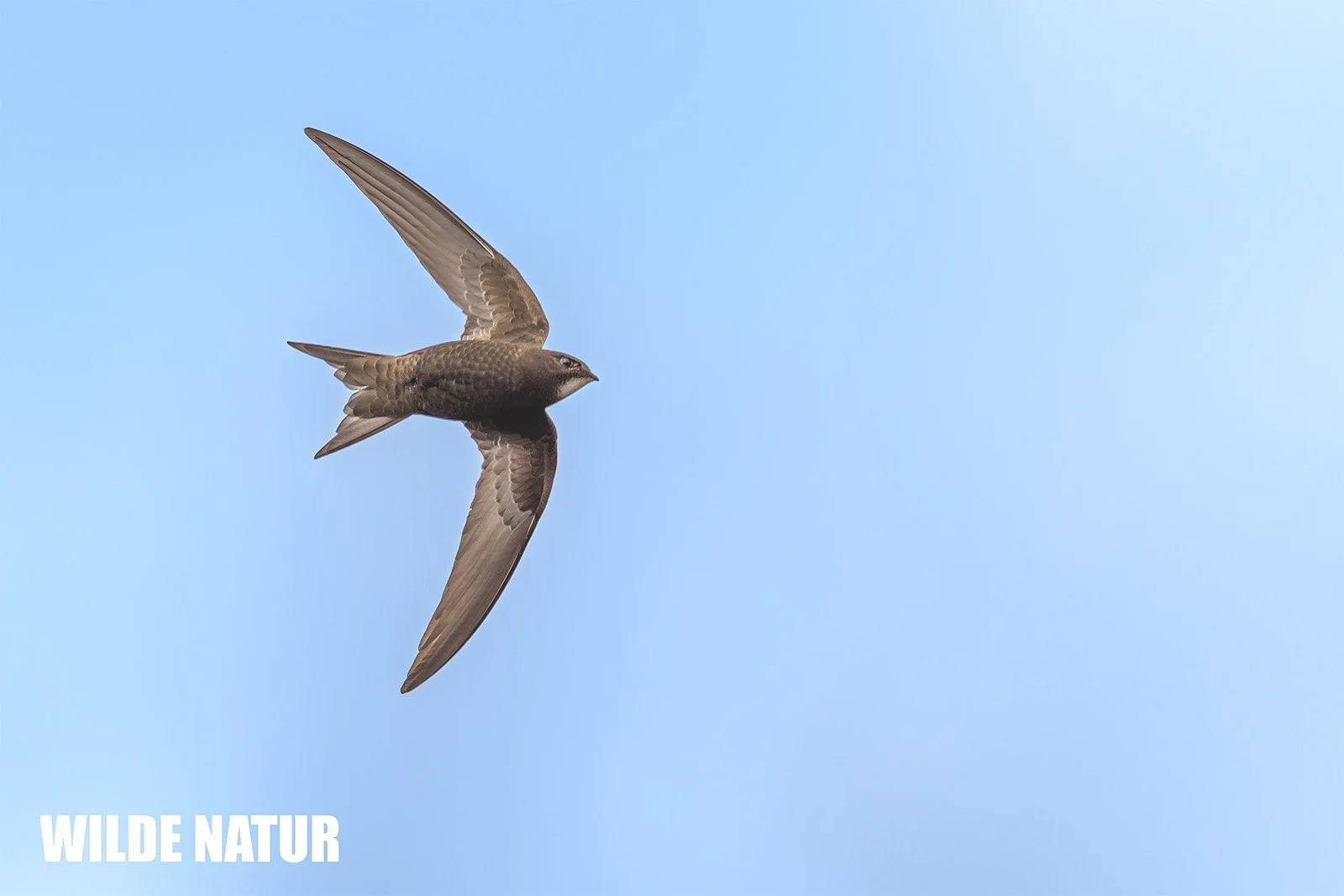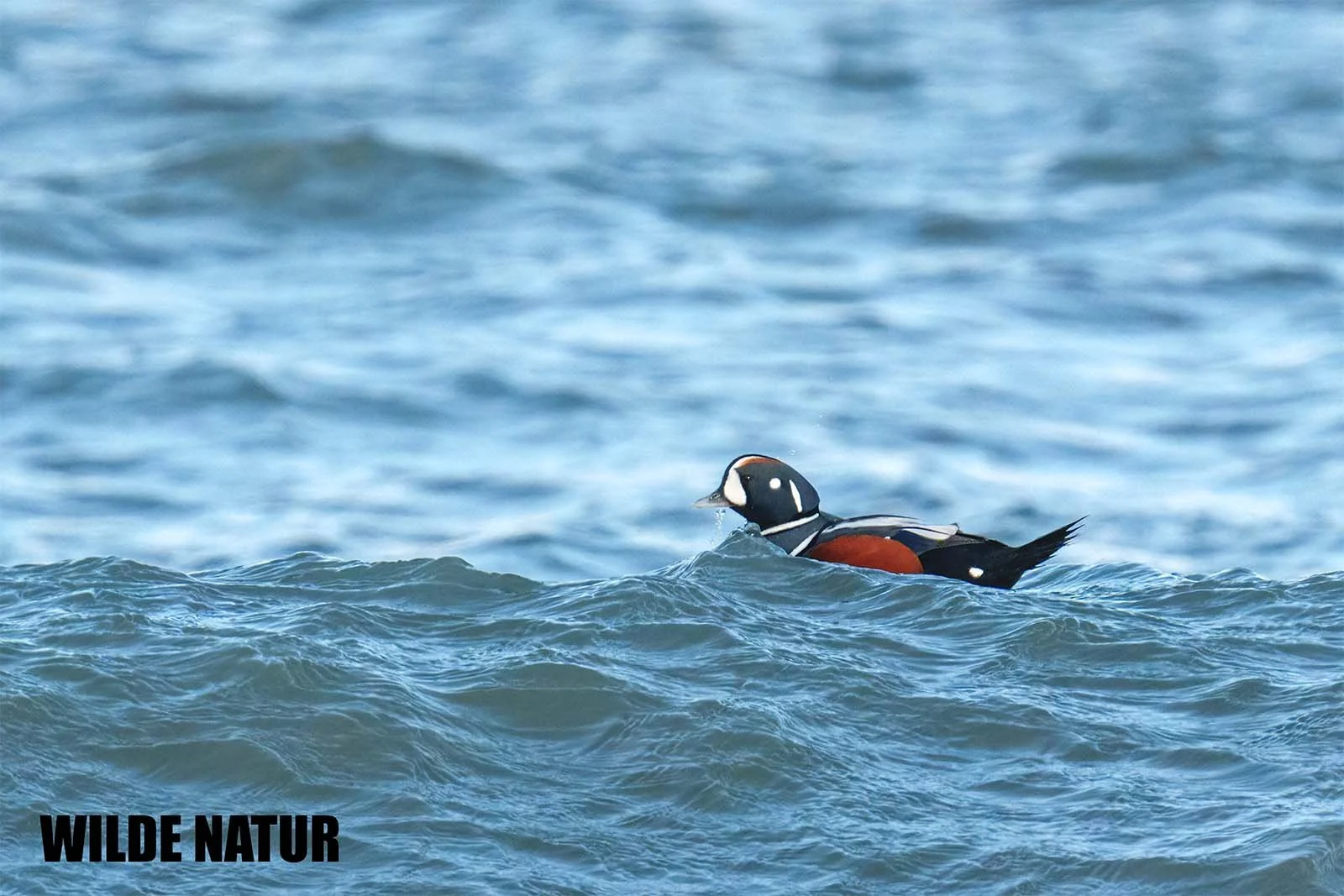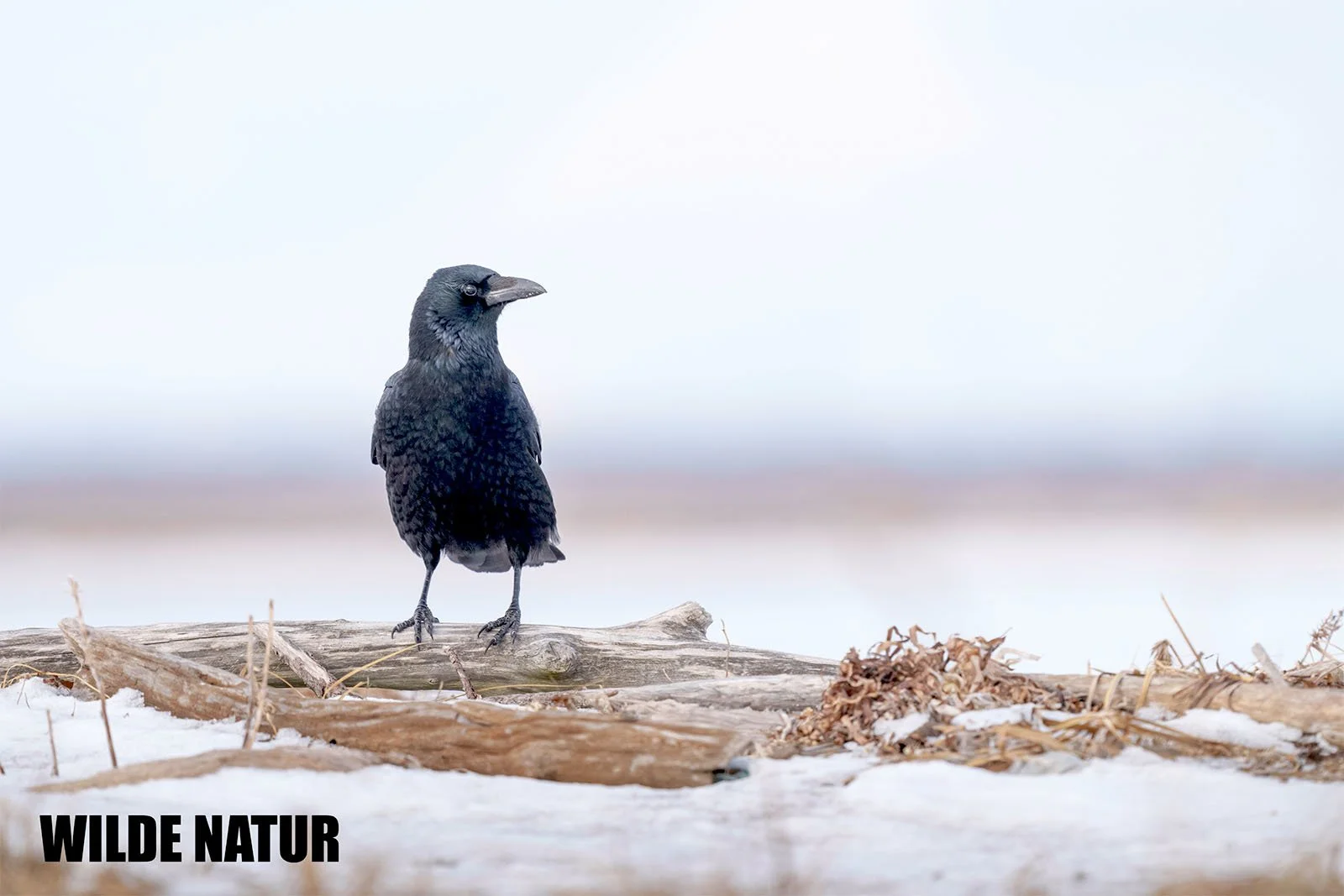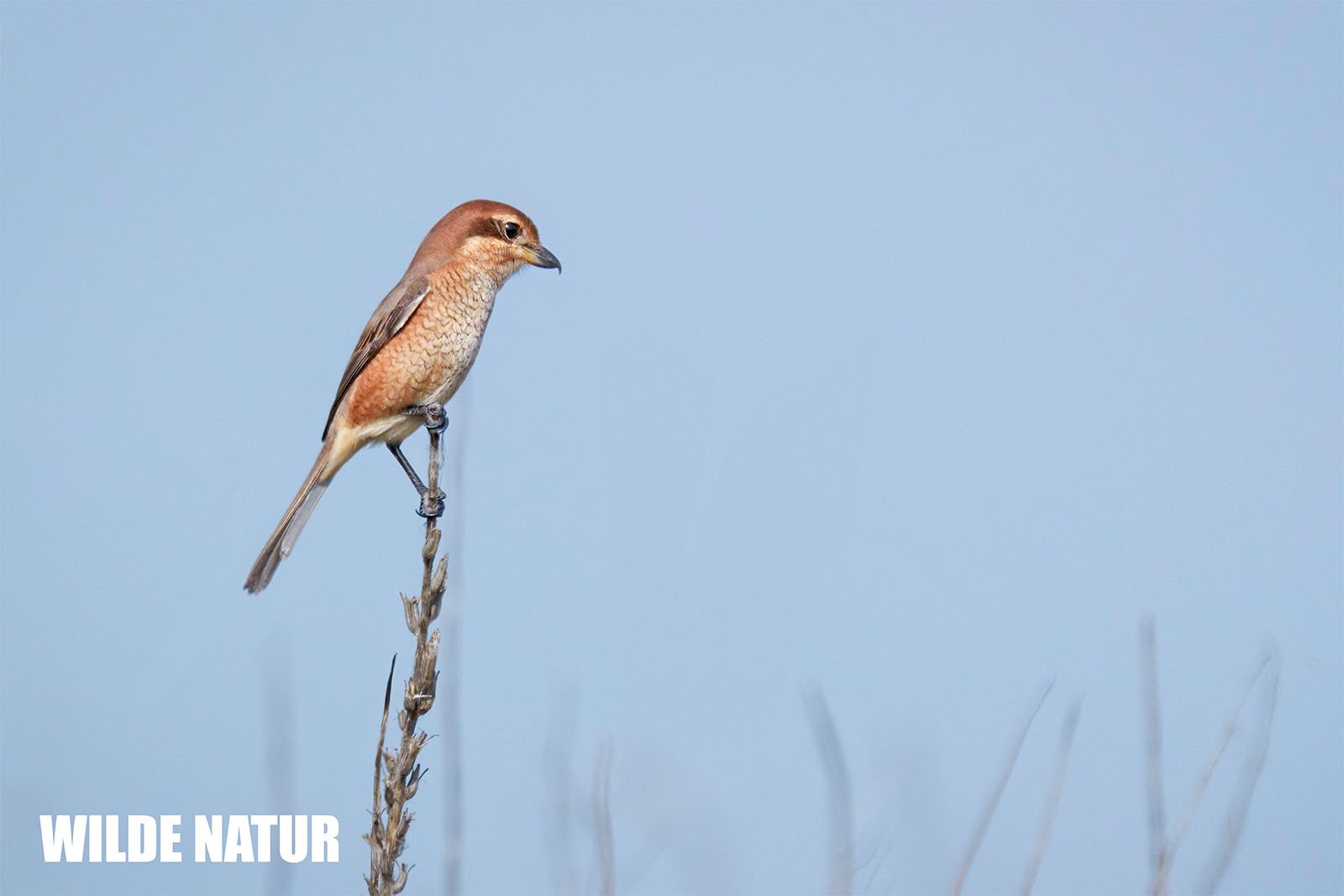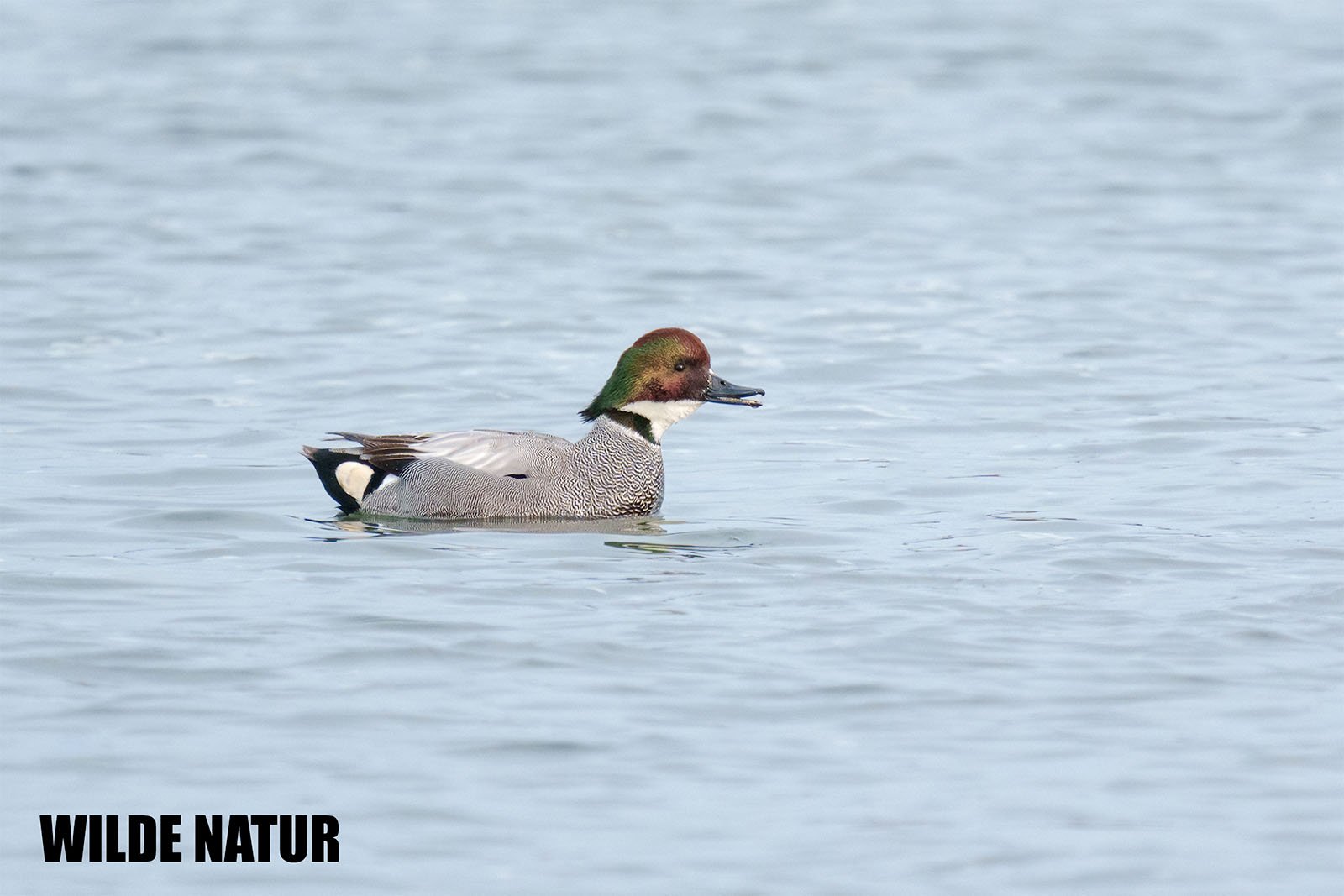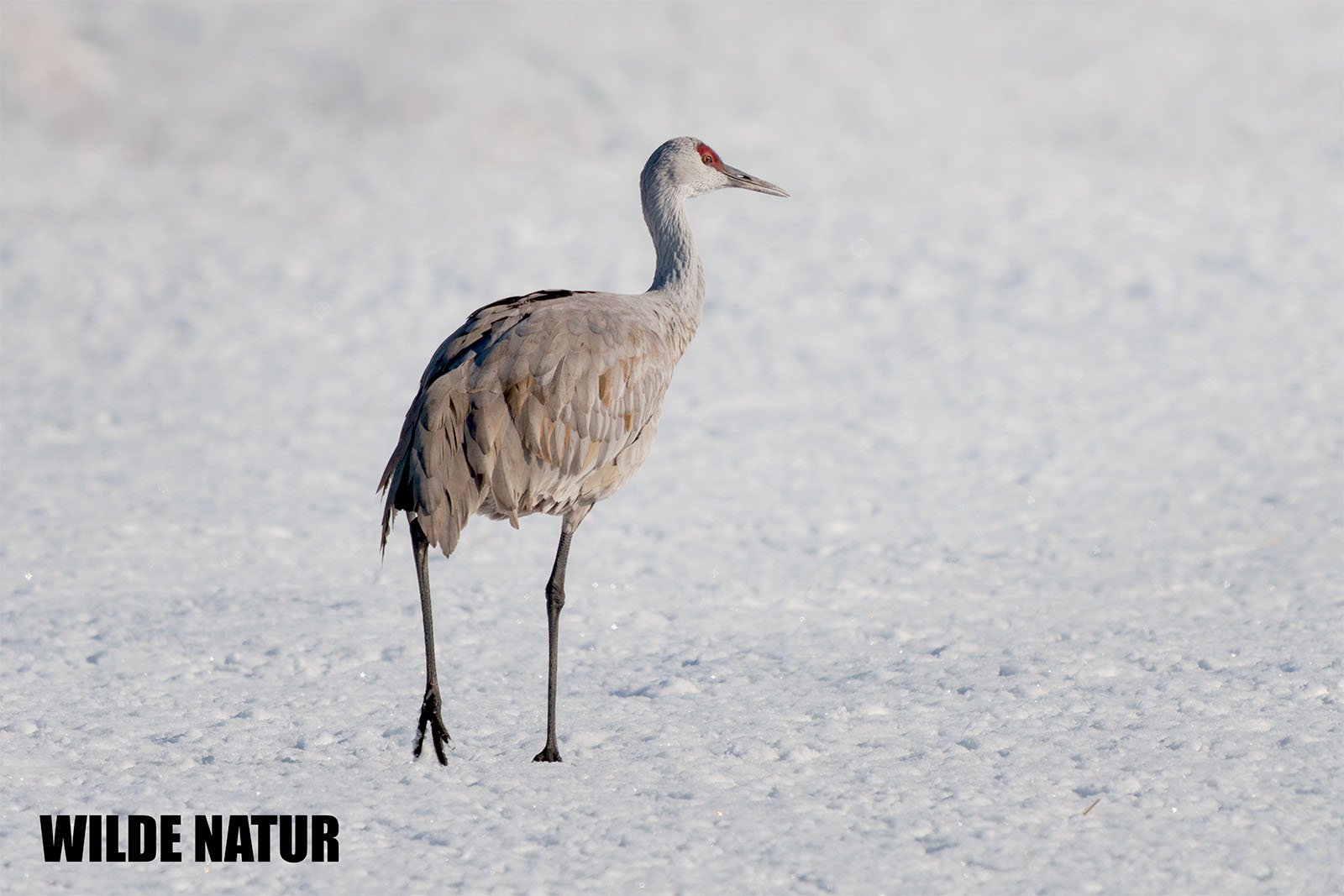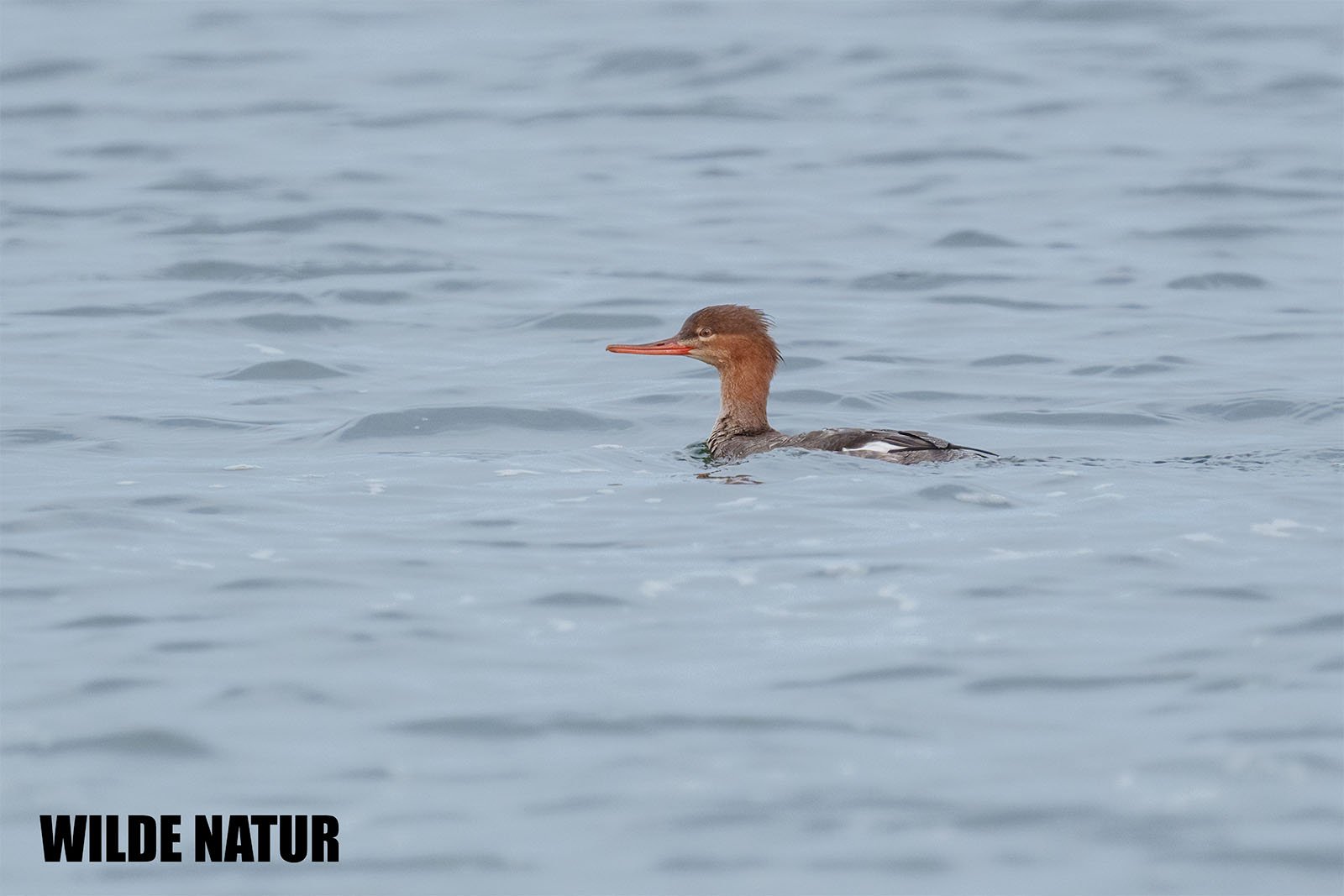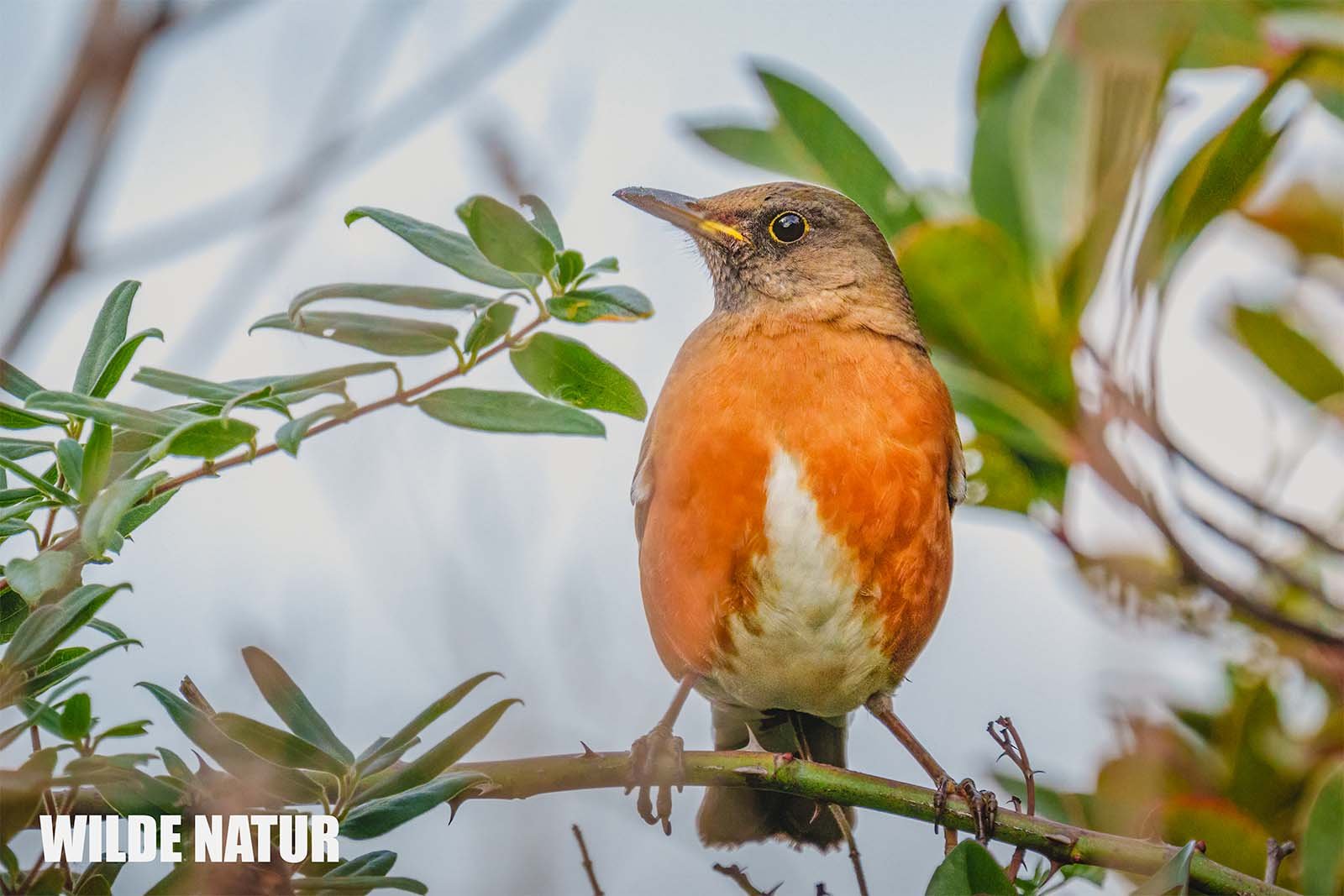Harlequin duck (Histrionicus histrionicus)
Harlequin duck (Histrionicus histrionicus)
Harlequin Duck – Diving Artist with Porcelain Charm
With its bold contrast plumage and agile diving, the Harlequin Duck (Histrionicus histrionicus) is a fascinating winter visitor to Japan’s rugged coastlines—rare, but unforgettable.
Shortlist
Compact and elegant sea duck with striking markings
Males show white “collar” and chestnut-colored chest
Winters along rocky shores, especially in Hokkaidō
Specialist in foraging in turbulent surf
Breeds along fast-flowing mountain rivers in Alaska and Siberia
Scientific Name: Histrionicus histrionicus
Common Name (DE): Kragenente
English Name: Harlequin Duck
Size: 38–45 cm
Weight: 600–700 g
Male Plumage: Dark bluish-grey with white collar and chestnut breast
Female Plumage: Dark brown with two white facial spots
Bill: Grey, short
Diet: Mussels, crustaceans, worms, insect larvae
Breeding: 5–8 eggs (not in Japan), nest near rocky streams
Seasonality: Winter visitor: November–March/April
Habitat: Rocky coasts, surf zones, later mountain rivers
Migration: Long-distance migrant
Conservation Status: Vulnerable (IUCN), regionally protected in Japan
Table of Contents
- Introduction
- Appearance
- Habitat
- Diet
- Breeding
- Migration
- Conservation Status
- Descriptive Imagery
- Conclusion
Introduction
The Harlequin Duck is a rare yet eye-catching bird along Japan’s rocky coastlines. With plumage that looks painted and behavior like a wave dancer, it brings energy and elegance to the winter seascape.
Appearance – A Painting in Flight
The male Harlequin Duck in winter looks like a living miniature painting:
- Male (Winter): Deep bluish-gray with bold white markings, including a half-moon under the eye and a prominent white collar on the neck
- Chest: Chestnut-colored, clearly separated from the rest of the plumage
- Flanks: Bluish-gray
- Bill: Short, grey
- Eyes & Legs: Dark, bluish-grey
- Female: Dark brown with two white spots—one in front of and one behind the eye
- Build: Rounded, compact body with elegant posture
Habitat – Rocky Coast Over Duck Pond
In Japan, the Harlequin Duck spends the winter mainly along the rocky coasts of Hokkaidō, occasionally reaching northern Honshū.
Preferred environments:
- Surf-exposed rocky coasts
- High-current zones with wave action
- Sheltered bays with rich marine life
Breeding grounds are located in Siberia, Kamchatka, and Alaska—along wild mountain rivers and fast-flowing streams.
Diet – Deep Dives for Difficult Bites
A true diving specialist, the Harlequin Duck thrives in rough waters:
- Main Diet:
- Crustaceans
- Mussels and other mollusks
- Worms and insect larvae
- Behavior:
- Dives with agility among submerged rocks
- Forages along the seafloor
- Often moves in small, active groups
Breeding – Romance by a Mountain Stream
The breeding season runs from May to July, but not in Japan.
- Breeding Locations: Mountain rivers in Siberia, Kamchatka, Alaska
- Nesting Site: Prefers rock crevices or spots under low vegetation near fast-flowing alpine rivers
- Clutch Size: 5–8 eggs
- Parental Care:
- Only the female incubates
- Chicks are precocial (nest-leavers)
- By August, families head toward coastal areas
Migration – Between Peaks and Surf
- Migration Type: Long-distance migrant
- In Japan:
- Winter visitor (November–March/April)
- Returns north via Asian coastlines in spring
- Outside the breeding season, almost exclusively found in coastal habitats
Conservation Status – Rare, But Valued
- In Japan:
- Seen regularly in certain areas, especially Hokkaidō
- Locally protected
- Threats:
- Oil spills
- Loss of undisturbed coastal habitat
- Disturbance at northern breeding sites
- Although globally listed as “Vulnerable” by the IUCN, some regional populations are declining—mainly due to habitat loss and pollution.
Descriptive Imagery – For the Visually Impaired
With its bold contrast plumage, the Harlequin Duck resembles a living artwork that harmonizes with its rugged seascape. Its body is deep bluish-grey, crossed by white stripes, a glowing white collar at the neck, and a bright crescent near the eye. A chestnut-red patch warms the chest like a painted accent.
The duck glides gracefully through the waves, disappearing beneath and reappearing with a mussel or crab. The female appears more modest in dark brown with subtle white facial spots—reserved yet elegant. Together, they dive through the surf as if they were born of the ocean and stone.
Conclusion – A Seabird with Character
The Harlequin Duck is a winter bird for keen observers. Spotting one along the Hokkaidō coast is a rare delight. Its visual charm, unique diving technique, and lifecycle between surf and mountain rivers make it a jewel of Japan’s winter birdlife.



